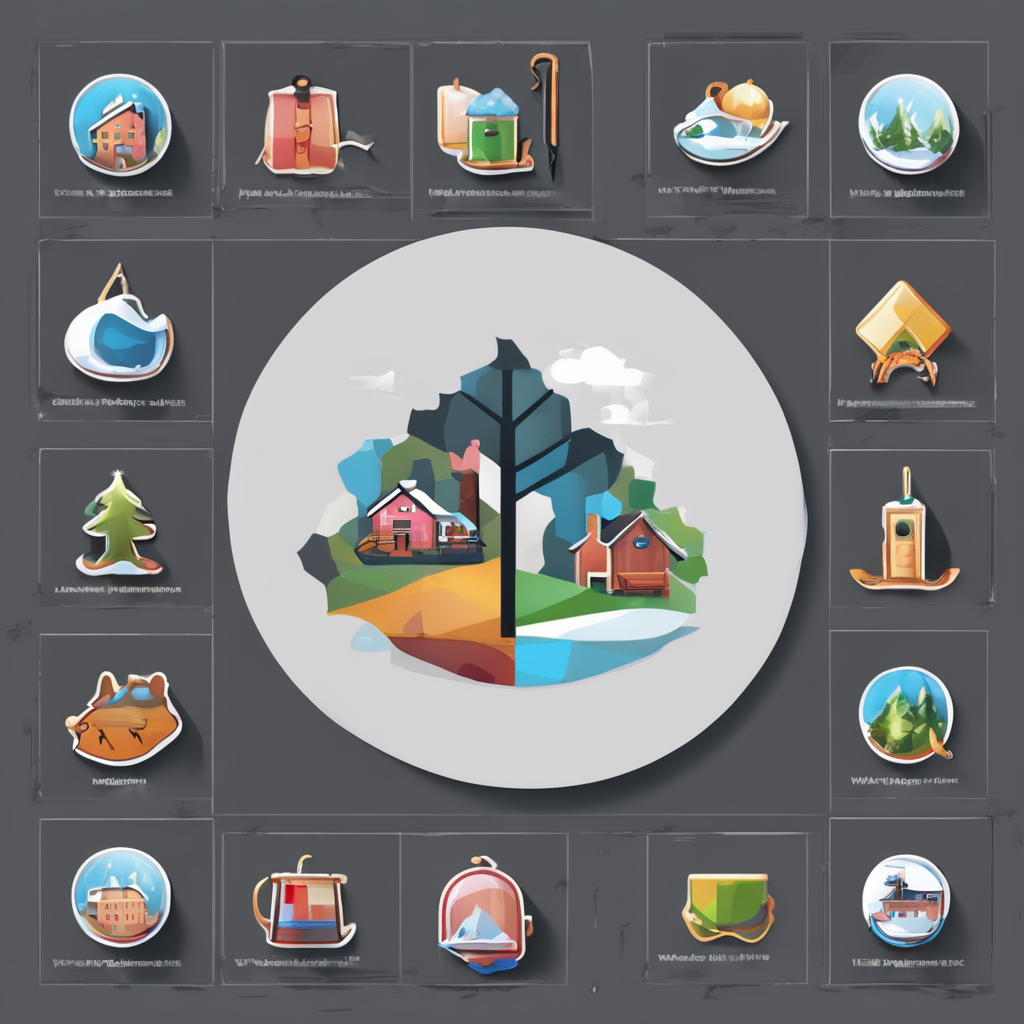Essential Legal Requirements for Treehouse Construction in London
Building a treehouse in London involves navigating treehouse building regulations London and understanding UK planning permission rules. These regulations vary depending on the size, location, and intended use of the structure. Generally, treehouses are classified under outbuildings or garden structures, but important restrictions apply to safeguard property rights and public safety.
You must first determine if your treehouse requires planning permission. For instance, a structure over 2.5 meters high or within 2 meters of a property boundary usually needs permission. Additionally, any treehouse intended for sleeping or long-term use is more likely to require approval. Ignoring these requirements may lead to enforcement actions under London property law.
Also to discover : Transform your derbyshire countryside residence: must-have garden elements to captivate potential buyers
Property boundaries and neighbour relations also play a critical role. London’s property law includes specific limits on how close to a neighbour’s land you can build, and disputes often arise if these boundaries are not respected. Detailed knowledge of these laws will help avoid costly legal issues. It is advisable to survey the land accurately and consult with neighbours before commencing construction to ensure your treehouse complies with all local and UK guidelines.
Navigating Planning Permission and Building Codes
Understanding when you need London planning permission for your treehouse is crucial. You must apply if the structure exceeds 2.5 meters in height or is built within 2 meters of any property boundary. Additionally, if your treehouse is intended for sleeping or longer-term use, UK planning permission is typically mandatory. This ensures compliance with local building regulations and safety standards.
Have you seen this : Essential attributes for designing an accessible home in manchester
The application process in the UK involves submitting detailed plans to your local planning authority, detailing the treehouse’s size, location, and intended use. Expect a review period that can last several weeks, during which authorities assess compliance with building codes. Documentation should clearly demonstrate how the project meets safety and structural regulations to avoid delays or refusals.
Building codes compliance is especially important for structural integrity and fire safety. For example, your treehouse should use materials that withstand weather conditions and securely anchor to the supporting tree or frame without damaging it. Understanding these codes helps prevent costly modifications later and ensures your project meets treehouse building regulations London.
By navigating the London planning permission process carefully and addressing building codes upfront, you safeguard your investment and contribute to a safe and legal treehouse build.
Essential Legal Requirements for Treehouse Construction in London
Navigating treehouse building regulations London requires understanding both national and local distinctions under UK planning permission laws. In London, these regulations often specify height limits—commonly structures over 2.5 meters need approval—and proximity to property boundaries. This ensures safety and respects the rights outlined in London property law.
Determining when you need planning permission hinges on these factors. If your treehouse is near a neighbour’s boundary or intended for sleeping, UK planning permission is more likely required. The assessment considers whether the structure affects neighbours’ privacy or sunlight access, core elements protected under London property law.
Boundary laws are crucial. Property boundaries must be respected to avoid legal disputes or enforcement. The laws limit how close a treehouse can be to adjacent land, often setting at least 2 meters as the minimum distance. Failing to comply with these can lead to neighbour disputes and costly legal actions.
Consulting official guidelines and seeking legal advice early helps clarify obligations. This strategy reduces risk and ensures all aspects of treehouse building regulations London, UK planning permission, and London property law are met efficiently.
Essential Legal Requirements for Treehouse Construction in London
When planning a treehouse in London, strict adherence to treehouse building regulations London and UK planning permission rules is essential. These regulations ensure your project respects London property law while meeting safety and design standards.
Treehouse building regulations London typically define limits such as maximum height—structures over 2.5 meters generally require formal approval. The proximity to property boundaries is equally critical; the law often mandates maintaining at least 2 meters distance from a neighbour’s land to prevent disputes under London property law. If your treehouse serves as a living space or includes sleeping accommodation, obtaining UK planning permission is mandatory to comply with housing and safety regulations.
Determining the need for permission depends on factors like height, location, and purpose. The assessment of your application will consider whether your treehouse negatively impacts neighbours’ privacy or infringes boundary laws. Early consultations with local authorities and neighbours can clarify if UK planning permission is required, helping avoid costly enforcement actions related to breaches in treehouse building regulations London. Proper compliance reflects respect for both legal frameworks and neighbourly relations, ensuring a successful and lawful build.
Essential Legal Requirements for Treehouse Construction in London
Navigating treehouse building regulations London demands a clear understanding of the interplay between local and national laws. The primary consideration is whether your project requires UK planning permission. For treehouses exceeding 2.5 meters in height or situated within 2 meters of a neighbour’s property boundary, permission is generally mandatory. This stipulation protects both safety and privacy, consistent with London property law.
Determining the need for permission depends on the treehouse’s height, location, and purpose. If the structure is intended for sleeping or long-term occupancy, UK planning permission becomes essential. London property law also governs neighbour relations, focusing on boundary respect and preventing overshadowing or privacy invasion.
In addition to height and proximity, property owners must adhere to London property law requirements about construction impact, avoiding damage to shared trees or land. Early consultation with local planning authorities and neighbours is advisable. This proactive approach ensures the treehouse complies with treehouse building regulations London while respecting legal boundaries, reducing the risk of enforcement actions or neighbour disputes.




